Yes, if you're visiting Japan and it's your first time, definitely make time for sushi and seafood dishes… but also spare a meal or two to explore the vast possibilities of Japanese beef, including the world-renowned wagyu variety and other premium meats.
If you’re in Tokyo, you’re in luck. There are many restaurants that serve incredible wagyu courses — so many, in fact, it might be hard to pick just one!
That's why we've collected the best Tokyo wagyu restaurants, dishing up wagyu beef in all of its forms — not to mention Kobe beef, wagyu sashimi and more.
Looking for affordable wagyu in Tokyo?

Worried about using up all of your Japan trip budget on wagyu beef? Follow in byFood host Shizuka Anderson's footsteps to two Tokyo restaurants with affordable wagyu beef options!
Or, keep reading for the best wagyu beef restaurants in Tokyo...
1. Yakiniku Kappo Note

In recent years, Tokyo's Azabujuban neighborhood has seen dozens of yakiniku and niku kappo restaurants open for business. But if you only have time for one, it should be Yakiniku Kappo Note.
This intimate restaurant only seats about eight people, which, in true kappo style, allows for easy conversation with the chef. The base course features about 20 dishes that showcase creativity while enhancing the flavors and textures of the highest-grade wagyu.
While the beef is the star of the show, it's accompanied by delicious seasonal ingredients. The dishes are minimalist, but every bite is an explosion of flavors. We promise you will love every single moment.
2. Oniku Karyu

The concept behind Oniku Karyu spawned from Chef Katayanagi Haruka's first dining experience with steak, which he described as "exquisite." The restaurant's name is taken from a Zen saying about beauty, and Chef Katayanagi is fully committed to showing the true beauty of wagyu beef.
He personally selects cuts of A4- and A5-grade kuroge wagyu from the finest suppliers all over Japan, presenting them in kaiseki-style course menus with luxurious seasonal ingredients. Even the tableware leaves a lasting impression, chosen specifically to enhance the visual aspect of the dining experience by highlighting each ingredient's color.
How better to enjoy the richness of wagyu than with a glass of wine or sake chosen by Chef Katayanagi himself? A trained sommelier, he also handpicks the spirits served at his restaurant and expertly pairs them with every dish.
An omakase course meal at Oniku Karyu is on the pricier end, which makes this restaurant a good pick for special occasions and celebrations.
Read our review of Oniku Karyu to learn more about this Tokyo dining experience.
3. Ginza CAVE
Amidst Ginza's buzz, Ginza CAVE offers a hushed escape. Owner-chef Manabu Miyama's passion for Western cuisine, ignited during his bartending days, shines through his unpretentious menu. A sommelier too, he expertly pairs dishes with his vast wine knowledge.
The star? A daily wagyu beef chateaubriand sandwich — a testament to his culinary journey, limited to just 10 servings. Imagine: house-made, melt-in-your-mouth bread cradling premium wagyu, perfectly paired with a hand-picked burgundy.
4. Wagyu Yakiniku Kakunoshin Roppongi
Kakunoshin, a wagyu specialist eatery in Roppongi, sits in a charming building near the station. The first floor features a creative “niku kappo” dining experience with seasonal small plates complementing the meat, while the third floor is home to Wagyu Yakiniku Kakunoshin Roppongi, dedicated solely to exquisite wagyu grilling.
Founder Chiba Masuo comes from a family that has raised wagyu cattle for three generations. His passion for wagyu led him to convert his former elementary school into a hamburger production facility and “meat school.”
Kakunoshin serves 30-month-aged female Japanese kuroge wagyu, grilled using Chiba’s unique “Water Balloon Method” — the meat is seared on all sides on high heat first to seal in the meat juices as the steak cooks, causing the meat to puff up like a “water balloon.”
Additionally, the menu includes wagyu-wrapped sushi, chawanmushi with Iwate mushrooms and wagyu stuffed with scallops. This is Tokyo wagyu like you've never seen it before...
Find out more: Kakunoshin Roppongi: Review
5. Yakiniku Toraji
Yakiniku Toraji defies the usual yakiniku choice: skimpy portions of top-tier wagyu or bulkier cuts lacking flavor. Here, they believe true satisfaction lies in having both. Toraji serves all cuts, from skirt steak to A5 wagyu, in hearty slices, letting the ingredient's essence shine through. But fear not, vegetarians; seasonal vegetables ensure a balanced, delicious yakiniku experience.
Yakiniku Toraji has multiple locations across Tokyo:
Yakiniku Toraji also has a branch in Kyoto:
6. Nikutei Futago Shinjuku
Nikutei Futago offers an intimate yakiniku experience despite being located in one of Tokyo's liveliest neighborhoods. The extensive 80-dish menu uses carefully selected wagyu: Ota beef sourced from Hyogo Prefecture and Sendai beef from Miyagi Prefecture. The sizeable list of cut meat allows visitors to embark on a culinary venture or choose familiar dishes — or do both.
Nikutei Futago exclusively offers dinner courses, making this the perfect spot for a special night in Shinjuku.
7. USHIHACHI
With hundreds, if not thousands, of yakiniku restaurants nationwide, Ushihachi's claim to the monarchy does not go unchallenged. As a celebratory meal, yakiniku shouldn't have to be expensive, according to Ushihachi's philosophy. As such, it aims to be the most reasonably-priced yakiniku franchise in Japan: a place where you can bring your family, your partner, or a group of friends to enjoy high-quality grilled meat, all without worrying about breaking the bank.
And the quality doesn't suffer for it either. Ushihachi is uncompromising in its choice of meat, purchasing and using only female kuroge wagyu cows.
Ushihachi has numerous branches in Tokyo, each with a slightly difference atmosphere:
8. Yakiniku Ushi Jirushi
Yakiniku often conjures the image of a group around one single grill, flipping meat until it's cooked — sometimes too cooked. It's safe to say we don't always know the best ways to grill or cook a specific meat. What about various parts of the tongue — how done is too done?
This issue is what gave rise to the Yakiniku Ushi Jirushi series of restaurants, the latest dining experience innovation from arguably the most famous name in yakiniku, the Toraji Group. Rather than have customers grill the meat themselves, each party is assigned a "master griller" — one of the restaurant's expert chefs trained to cook each type and cut meat to maximize the flavor and texture.
The beef served at Ushi Jirushi is all Toraji's brand of kuroge wagyu. Each cow is raised on Toraji Ranch, the first company-owned ranch in the industry. There, strictly female cattle from the Kanto region are safely, sustainably, and humanely raised in extremely limited numbers.
Hungry?
Check out Yakiniku Ushi Jirushi's two Tokyo locations:
9. Koishikawa Nakasei
Tokyo steakhouse and butcher Nakasei is a former Michelin-starred steakhouse, serving up an exquisite “pureblood” Tajima beef, meaning it has never been cross-bred with other cattle breeds — as you’d expect, it’s an extremely exclusive cut of meat.
No expense is spared during the preparation phase, either, as each cut is aged for up to three months and said to enrich the wagyu’s optimal flavor, aroma and juiciness. Especially when paired with something from Nakasei’s extensive selection of wines.
Based on Bunkyo’s famed Harimazaka Slope, where over 120 cherry trees are planted, springtime bookings become incredibly different to get as the blossoms bloom. And wait until you see the decadent course menus available…
10. Shinjuku Teppanyaki Miyabi
Shinjuku Teppanyaki Miyabi specializes in refined teppanyaki, avoiding flashy theatrics to focus on an elegant dining experience. Nestled in Kabukicho near Golden Gai, it provides a serene escape from its lively, bar-laden streets.
The chic interior features a sleek black palette, softly illuminated by an over-the-counter aquarium. Guests sit at custom-made teppanyaki counters, watching chefs craft exquisite dishes.
The highlight is A5-graded Japanese kuroge wagyu black beef from Yamagata, offered in sirloin, chateaubriand and fillet cuts. Ultra-fresh seafood, including live abalone and lobster, adds that extra touch of indulgence to your meal.
A curated French wine selection and English-speaking staff make this an ideal spot for international diners in search of wagyu in Tokyo.
11. Teppanyaki Aoyama
Teppanyaki Aoyama sits in a peaceful Roppongi alley, offering a warm and heartfelt dining experience. The two-story restaurant centers around a small courtyard, with a wood-slab counter overlooking the grill on the lower floor and private rooms upstairs. The minimalist space replaces bold decor with the calming sound of flowing water. In colder months, the tatami room’s sunken kotatsu adds extra warmth.
Avoiding gimmicks, the restaurant focuses on elegant, seasonal ingredients, with a highlight of Miyazaki beef — served in chateaubriand, sirloin and tenderloin cuts — grilled to perfection.
Creative dishes like seared yellowtail with caper sauce and carrot mousse with sea urchin round out the menu, meaning you'll find more than Tokyo's best wagyu dishes here.
12. Yakiniku Aoyama Gaien
With its striking red noren curtain entrance in Minami-Aoyama, Yakiniku Aoyama Gaien has won over locals by serving A5-grade Japanese wagyu without unnecessary theatrics.
The stylish space features timber tones, exposed beams and spacious tables with roasters designed to eliminate smoky aromas. Meanwhile, a curated selection of over 50 wines and Moët & Chandon champagne elevates the experience. And what an experience it is...
Yakiniku Aoyama Gaien is one of the few restaurants licensed to serve raw beef, including yukhoe, beef sashimi over ice and nigiri sushi. Ultra-rare wagyu cuts — just 3 kilograms from a 600-kilogram cow — are delicately sliced for tableside grilling. Premium seasoning, including French sea salt and Mt. Amagi wasabi, enhances each bite.
With counter seating overlooking a courtyard and private terrace tables, the restaurant offers an elegant yet soulful dining experience for meat lovers in Japan.
13. Aoyama Gyusai
Aoyama Gyusai blends laid-back luxury with a focused, top-tier menu. Just off Aoyama-Dori, this teppanyaki gem thrives under its head chef, who expertly applies French techniques honed over 30 years. His live grilling performance is both precise and theatrical, transforming kuroge wagyu, foie gras and fresh abalone into culinary splendor.
The star is Hitachi beef from Ibaraki Prefecture, offering rich umami and firm fat. With its stylish private rooms and welcoming atmosphere, Aoyama Gyusai delivers an immersive teppanyaki experience — where flawless technique, warm service and exceptional flavors come together seamlessly.
14. Ryuduki Teppan
Near Kinshicho Station, Ryuduki Teppan is an evening-only destination for decadent dinners and intimate dates. Its name, inspired by a tale of love between a dragon and the moon, sets the stage for a strikingly elegant space.
Velvet cushions, marble tables and bold black accents create a refined atmosphere, while a stunning dragon-scale lighting fixture hovers over the curved counter.
Blending teppanyaki with French finesse, the restaurant’s star is wagyu beef, sourced from across Japan. One such showstopping addition to the menu is Yukifuri wagyu — raised in Obanazawa’s snowy winters — which boasts exquisite marbling and a melt-in-your-mouth texture.
You didn't think that was all, did you? Fresh seafood from Toyosu Market and Iberico pork from Spain also grace the menu, perfectly paired with fine wine for a once-in-a-lifetime experience.
15. Meat Kappo Ginza KEIJI
A pioneer in Ginza’s dining scene, Ginza KEIJI embodies sophistication while pushing culinary boundaries. The intimate eight-seat counter, dimly lit private rooms and exquisite tableware invite elegance, but the true focus is on the palate.
The restaurant blends kappo cuisine with a deep appreciation for wagyu, allowing the head chef the freedom to flex his expertise within Italian and French fine dining.
Seasonal menus feature wagyu-infused chawanmushi, sashimi-style brisket and uni-topped wagyu sushi, while simple yet masterful sirloin shabu-shabu and chateaubriand steak showcase the beauty of restraint — why mess with the beauty of wagyu beef?
A curated selection of sake, shochu and wine enhances the experience further, with the restaurant's pairing courses balancing Japanese tradition and international influences for a truly refined dining journey.
16. GINZA KOKORO
This French-style steak restaurant, in the heart of Tokyo’s central business district, provides a classic European dining setting with plenty of modern elegance. The charcoal-colored walls, highlighting the white of the tablecloths, exude contemporary class.
Behind the counter lies the kitchen, equipped with a furnace over which is filled nightly with premium binchotan charcoal. Their prime Kobe wagyu beef is skewered twice, then held over the crimson coals to absorb their beautifully smoky essence.
Two course options are available, one short and the other long. Expect prime cuts of rump, tenderloin, sirloin, filet, and aitch bone served up across the evening, interspersed with seasonally cycling dishes like sea urchin and caviar, for an extra dab of luxury.
17. Salon de AgingBeef
This Korean-inspired yakiniku restaurant in Ginza is a true hidden gem. Salon de AgingBeef provides diners with a luxurious meal in a casual setting that perfectly matches the mood and vibe of its home neighborhood. Its specialty, as its name implies, is aged beef.
Lunch here is relatively affordable, ranging between ¥3,000 and ¥5,000 for filling lunch sets. For dinner, you can pick from the many courses — all feature fun twists on your standard grilled beef, like beef sashimi, which leaves room for discovery without straying too far from the meat lovers' comfort zone.
English-speaking staff and easy meal adjustments (just let them know of any dislikes or allergies when booking) make it all the more enjoyable and stress-free. Preface your meal with a shopping spree around Ginza or follow up at one of the neighborhood's cozy jazz bars.
18. IDEA GINZA
This steakhouse in Ginza serves mouthwatering Kobe beef, which has the best marbling possible, bursting with the umami flavors craved by Japanese gourmets.
Their beef is twice skewered and then placed over the Binchotan charcoal of the large brick oven, with salt and pepper resting on top. After a short grilling, the pieces are moved to another compartment to gently roast after being infused with the smoky flavor of the coals.
Fittingly, even the cutlery here is carved from cattle bone, crafted by a historic French knife company. Although beef is the main focus, other seasonal dishes add colorful accents to the set-course menu.
Note: IDEA GINZA is not currently accepting reservations.
Exclusive offer: Wagyu beef delivery with ZIPAIR?

Exclusive to ZIPAIR passengers flying from Narita airport to US or Singapore destinations, you can order hand-selected A5-grade wagyu beef from Japan without any of the usual paperwork and declarations.
ZIPAIR will make sure your chosen wagyu beef is waiting for you at Narita airport when you arrive, ready to present your gourmet parcel at check-in so you can confirm its quality and freshness firsthand before boarding your flight.
When you arrive at your destination, simply collect your tantalizing souvenir alongside your luggage.
 Tokyo
Tokyo Osaka
Osaka Kyoto
Kyoto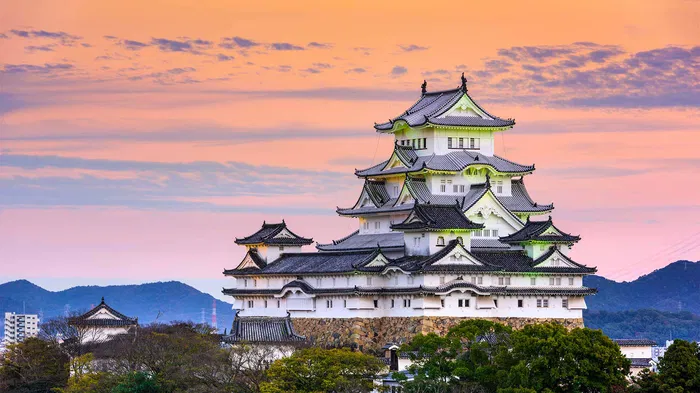 Hyogo
Hyogo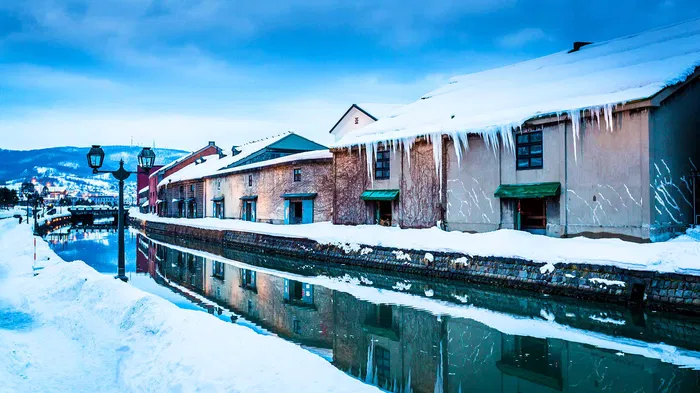 Hokkaido
Hokkaido Nara
Nara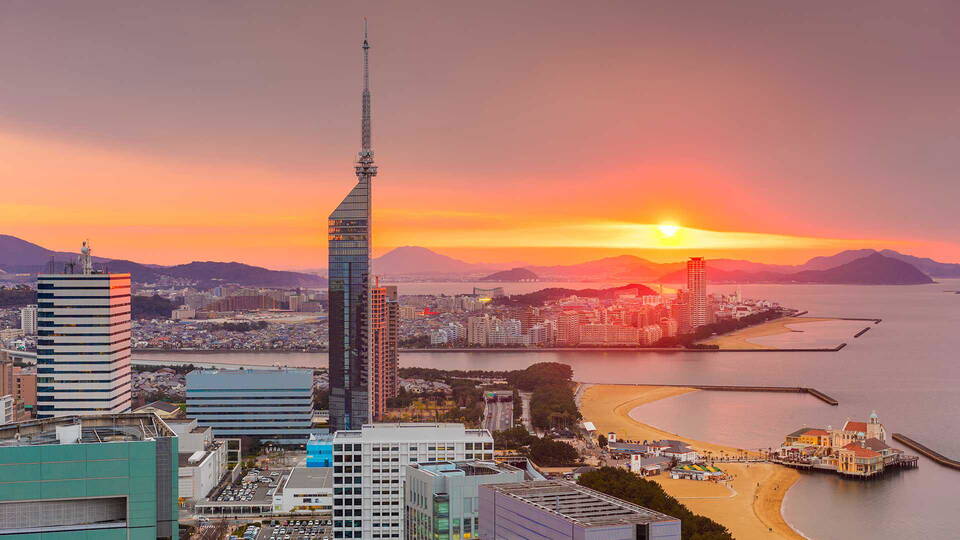 Fukuoka
Fukuoka Hiroshima
Hiroshima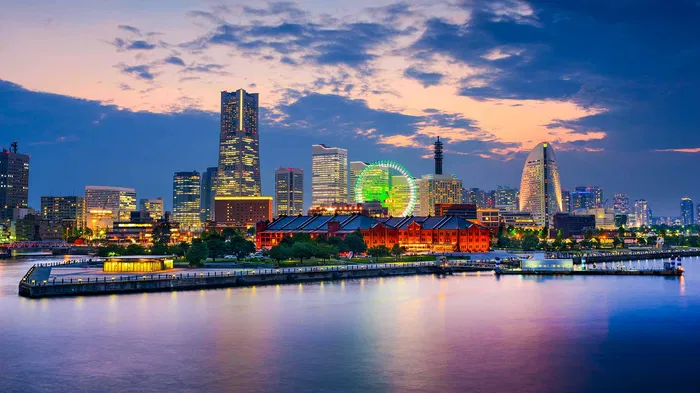 Kanagawa
Kanagawa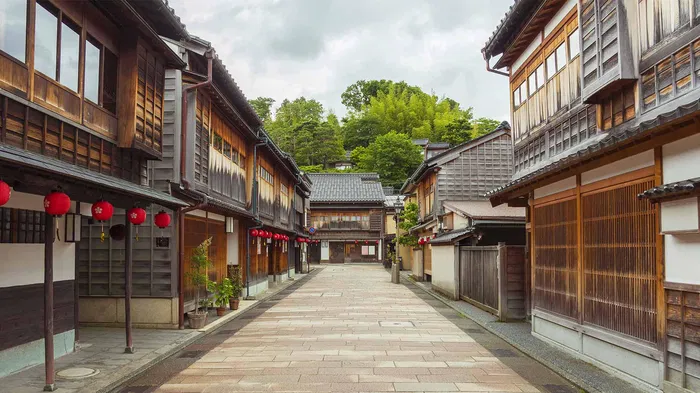 Ishikawa
Ishikawa Florence
Florence Paris
Paris Rome
Rome Porto
Porto Barcelona
Barcelona New York
New York Venice
Venice Madrid
Madrid Marrakesh
Marrakesh Istanbul
Istanbul